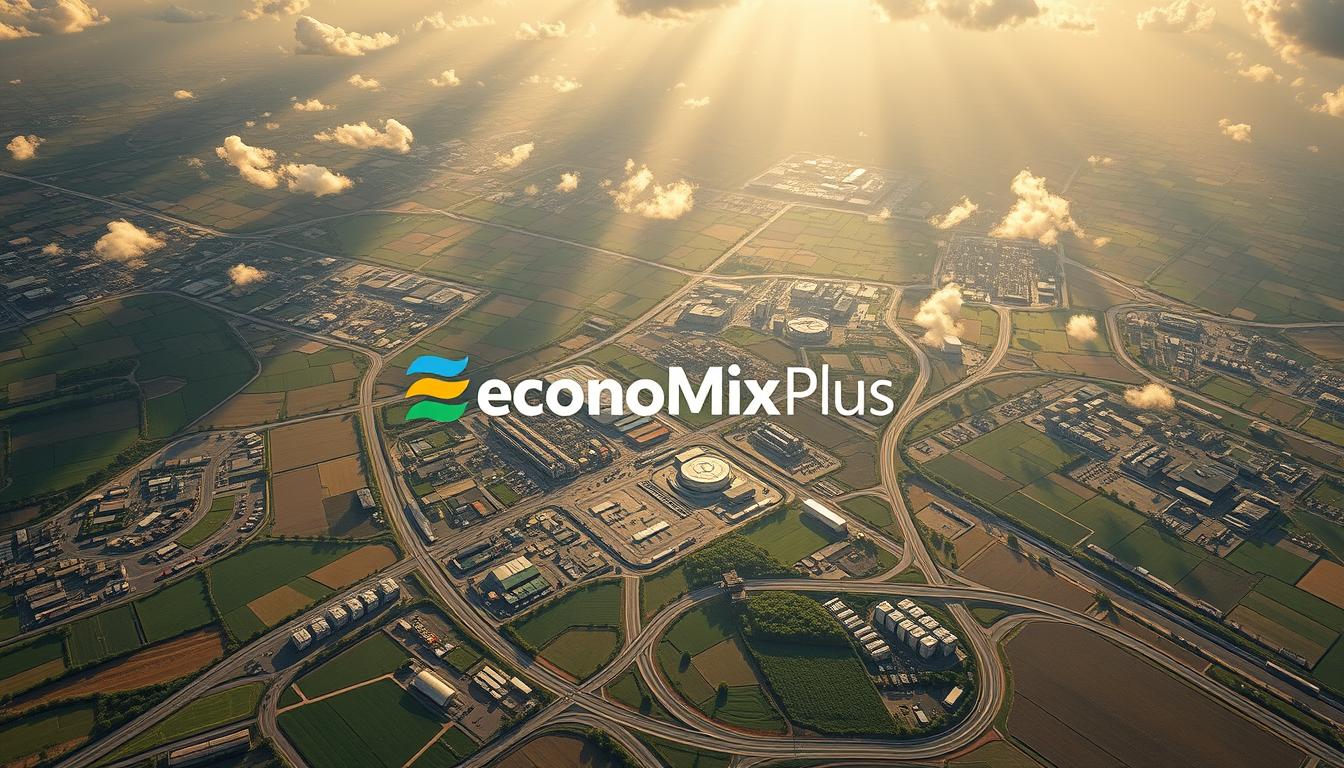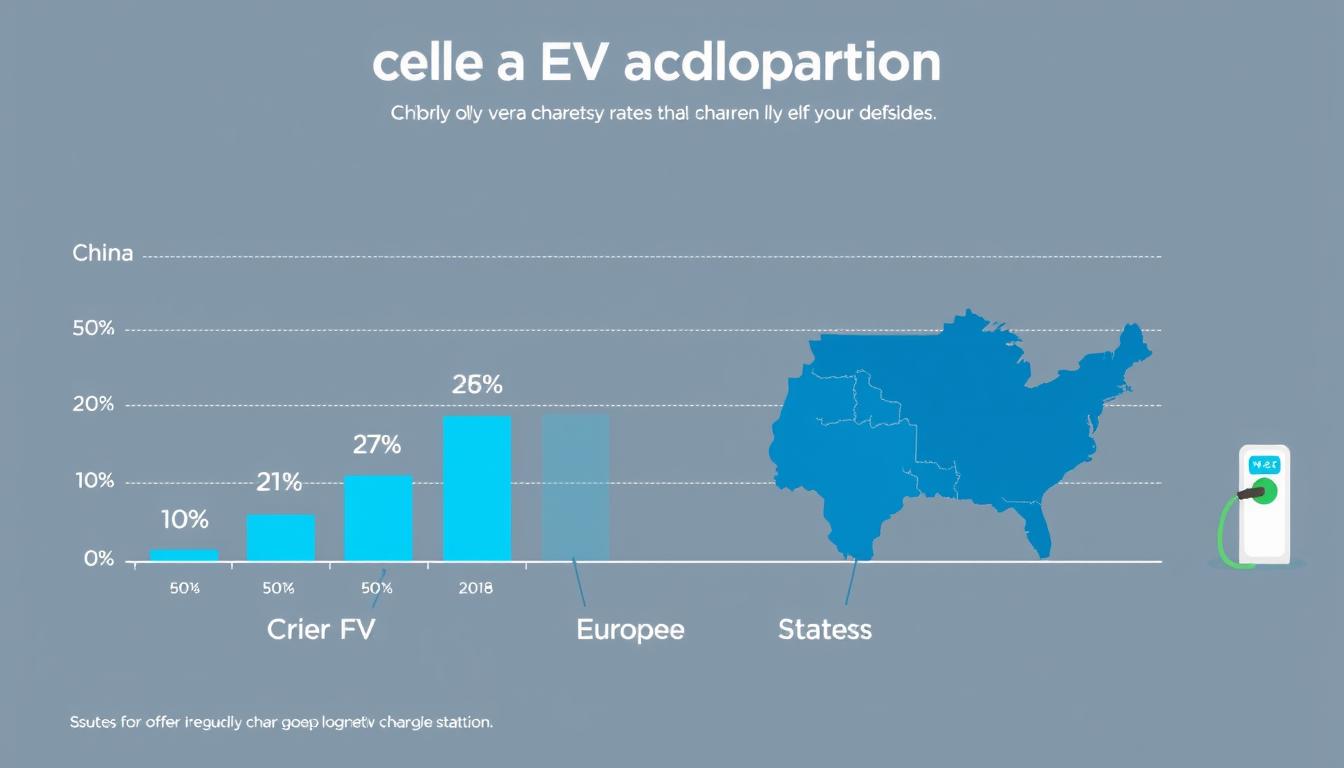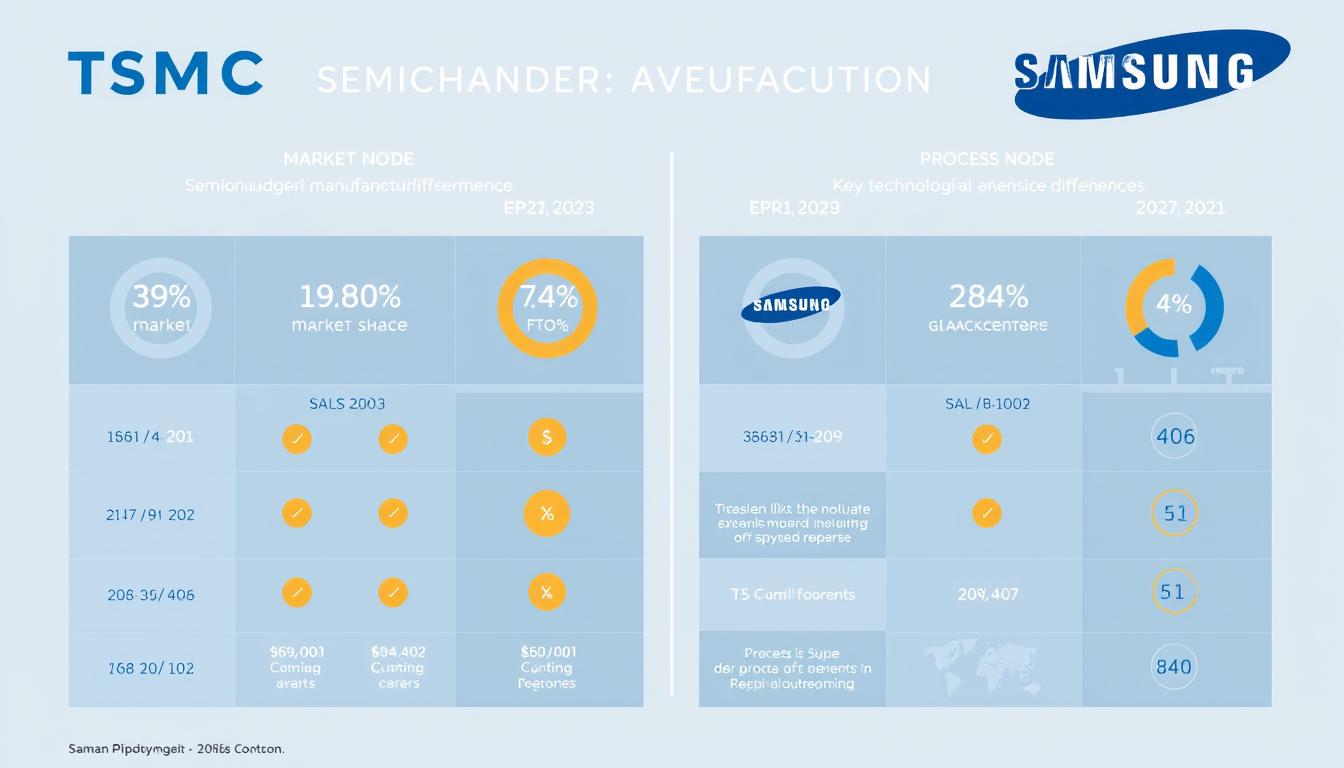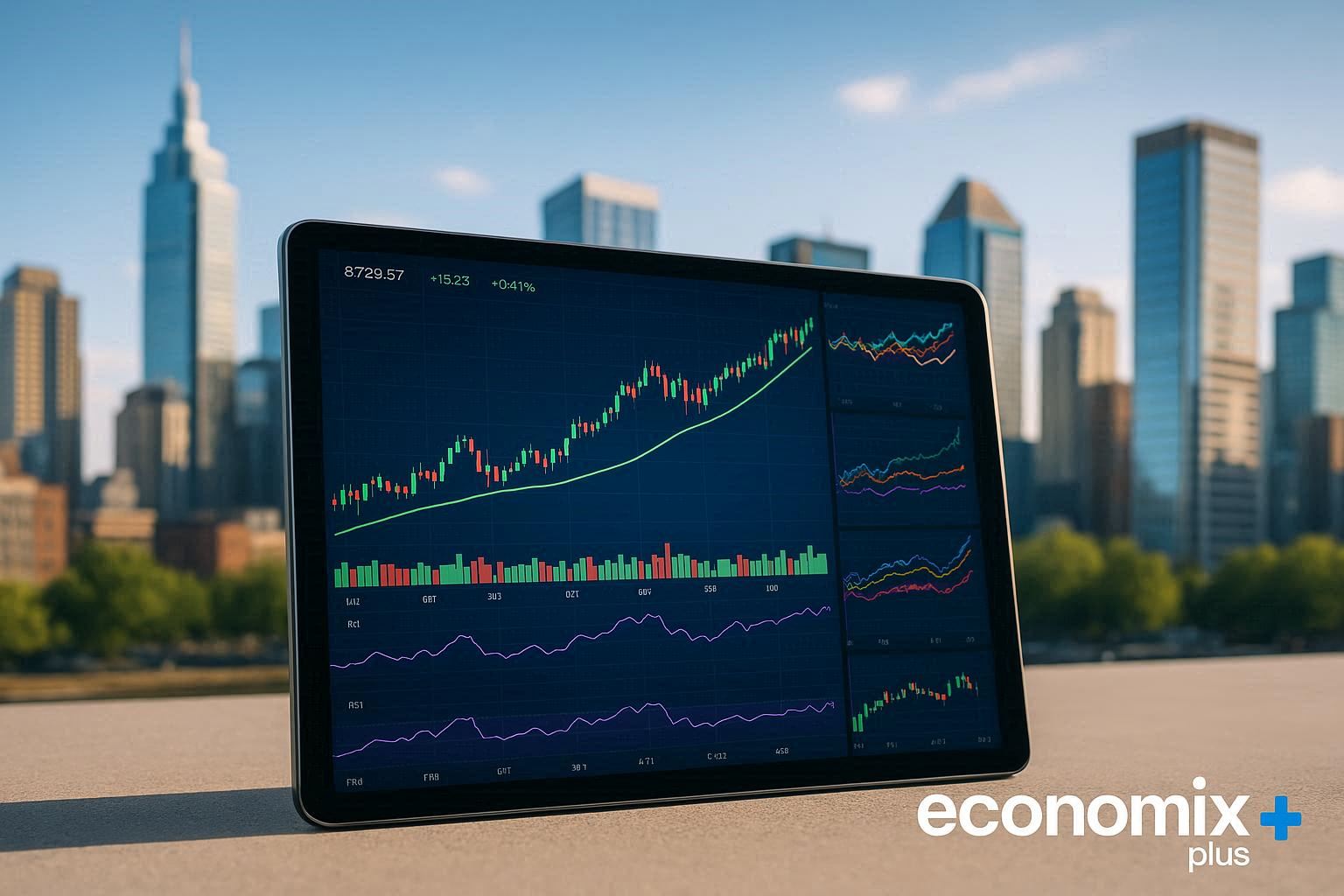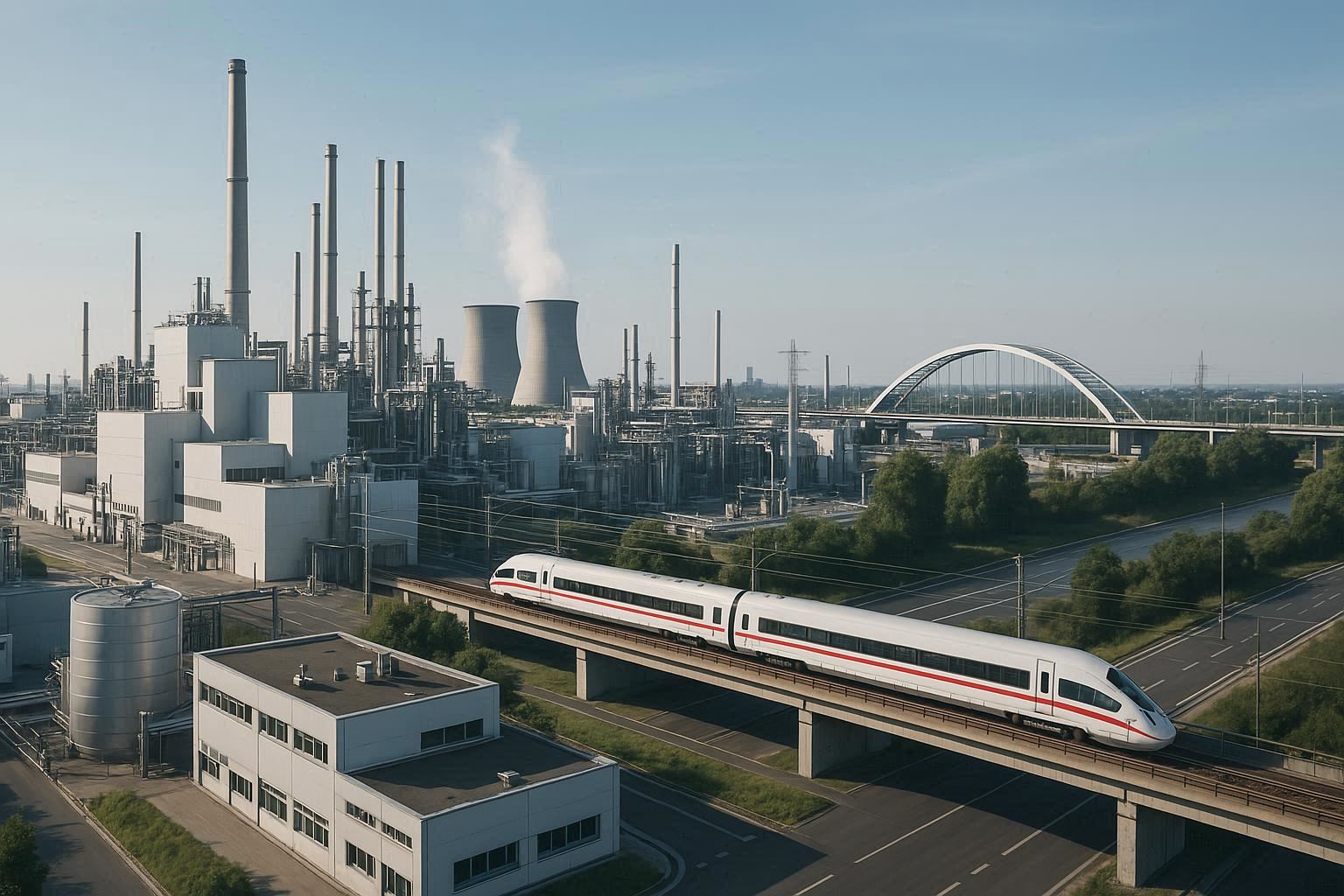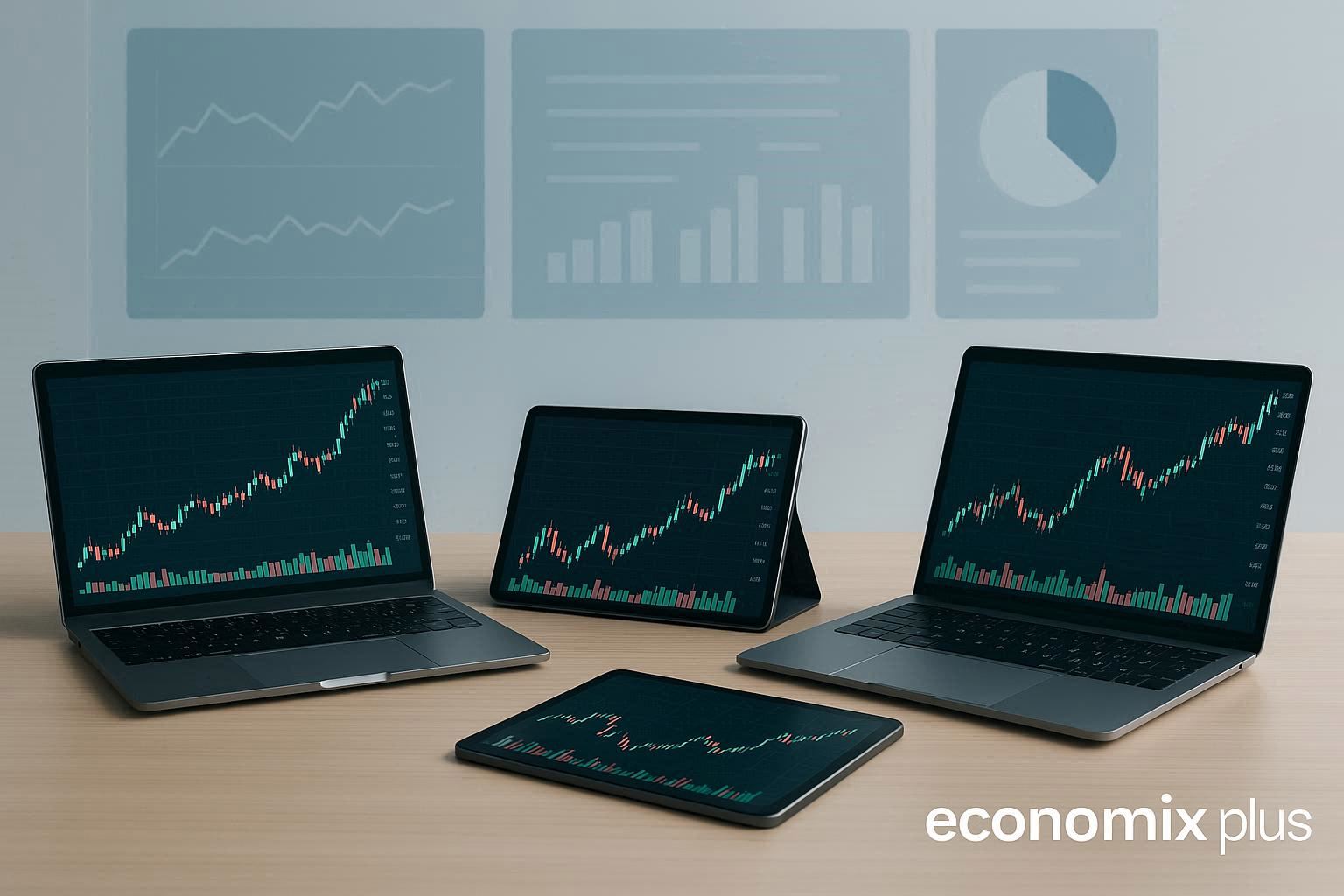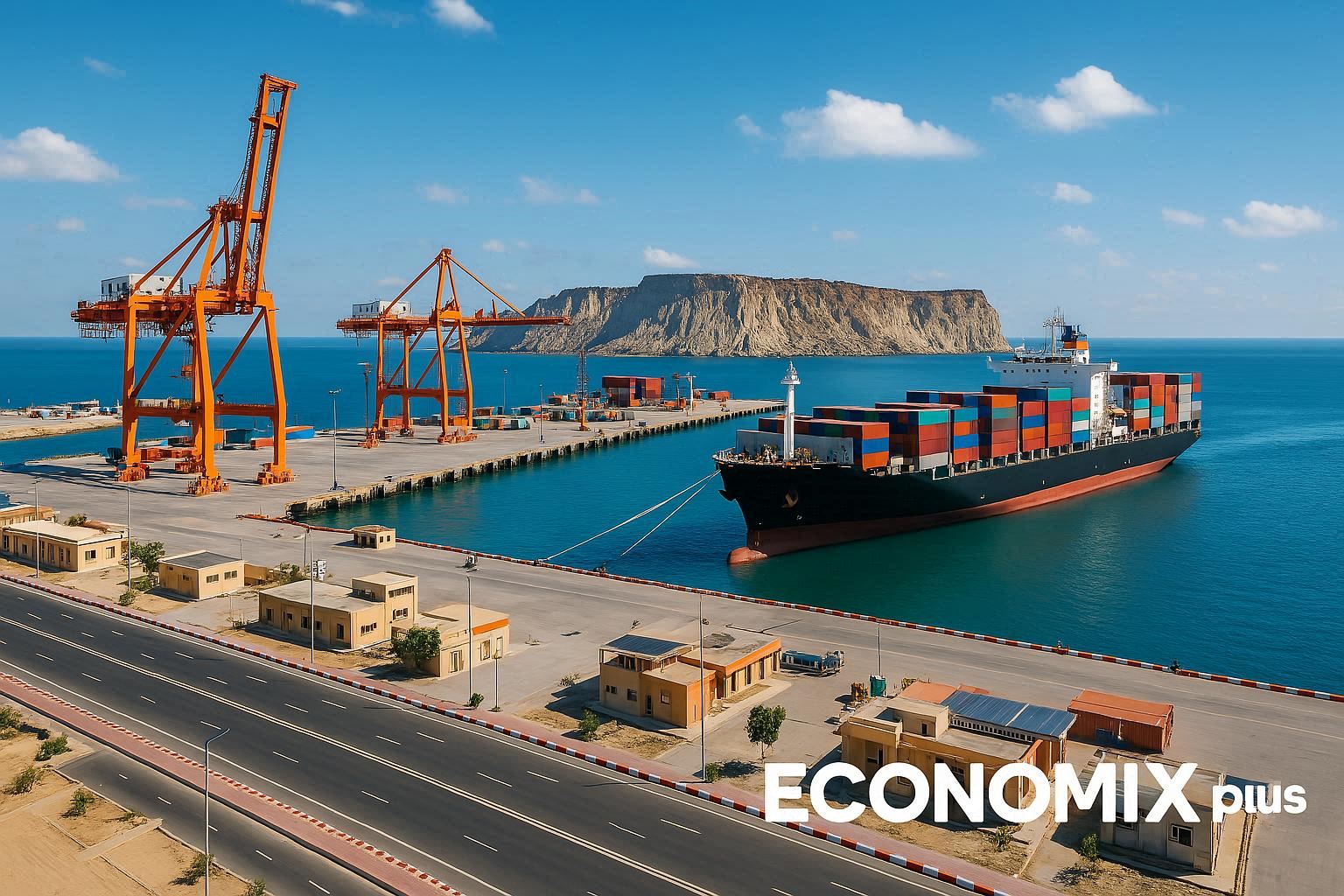Over 800 million people—roughly 1 in 9 globally—rely on food exported from a single country. This nation now produces enough to feed 10% of the world’s population, despite using less than 8% of its available farmland. The secret? A blend of innovation, scale, and strategic supply chain mastery.
As the largest exporter of key crops like soybeans, sugar, and beef, this agricultural powerhouse has doubled crop output and tripled livestock production in 20 years. With 63.5 million hectares dedicated to farming—an area larger than France—it balances efficiency with sustainability. Advanced logistics connect remote farms to international ports, ensuring fresh goods reach global markets swiftly.
Diversification plays a critical role. Once reliant on a few staples, the country now exports over 200 food products. This shift supports food security worldwide while adapting to climate challenges and shifting trade policies. Yet, maintaining this growth requires constant innovation, from soil management to digital tracking systems.
Key Takeaways
- One country supplies food for approximately 10% of the global population.
- Agricultural output has doubled in two decades, with livestock tripling.
- Over 63 million hectares of farmland drive export capabilities.
- Advanced logistics bridge vast distances between farms and global markets.
- Diversification into 200+ products strengthens resilience and demand fulfillment.
Brazil’s Agricultural Landscape and Its Global Impact
Spanning an area larger than the continental United States, this South American giant now ranks among the top three exporters of agricultural goods worldwide. Its farmland stretches across multiple climate zones, enabling year-round production cycles that few nations can match.
Overview of Arable Land and Production Capacity
With 63.5 million hectares actively cultivated – just 7.6% of its total territory – Brazil holds untapped potential equivalent to 200 million football fields. This land bank allows continuous growth without deforestation pressures. Farmers achieve three annual harvests in some regions through advanced crop rotation.
Dominance in Global Food Trade
The country supplies 34% of the world‘s soybeans and 45% of traded coffee. Recent data shows:
- $38 billion in beef exports (2021)
- 28 million tons of sugar shipped annually
- Poultry sales to 160 nations
Strategic partnerships with 222 countries demonstrate how integrated Brazilian farms are with international markets. Sustainable irrigation techniques help maintain this position – 68% of farmland uses renewable water sources.
This agricultural network directly supports food security for 750 million people across five continents. As climate patterns shift, Brazil’s diverse ecosystems position it to adapt faster than single-crop competitors.
Historical Growth and Transformation in Brazilian Agrocultura
In the 1990s, bold reforms reshaped South America’s agricultural landscape forever. Government policies shifted toward deregulation, allowing private investment to modernize the sector. This sparked a 240% increase in crop value per hectare by 2020.
- Privatization of distribution networks slashed export costs by 38%
- Advanced soil correction techniques enabled use of previously infertile land
- Satellite monitoring systems reduced waste during transportation
Farmers doubled cultivated areas without expanding into protected regions. “We turned acidic soils into breadbaskets,” notes a 2022 USDA report. By 2015, soybean yields surpassed U.S. levels in key states.
The products mix evolved dramatically. Where coffee once dominated, value-added goods now account for 41% of exports. Processed poultry and ethanol lead this diversification.
These historical advancements created resilience against market shocks. When global demand spiked during the 2008 financial crisis, the sector increased shipments by 19% within months.
Today, 63% of agricultural land uses climate-smart practices developed through this transformative era. This foundation supports consistent responses to worldwide food needs.
How Brazilian Agrocultura Manages Supply Chains to Meet Global Food Demand
Efficient supply chain management has become the backbone of modern agricultural success, particularly in meeting escalating international needs. By integrating innovative farming methods with advanced logistics, producers maximize output while minimizing waste. This approach ensures consistent delivery to global markets despite shifting demands.
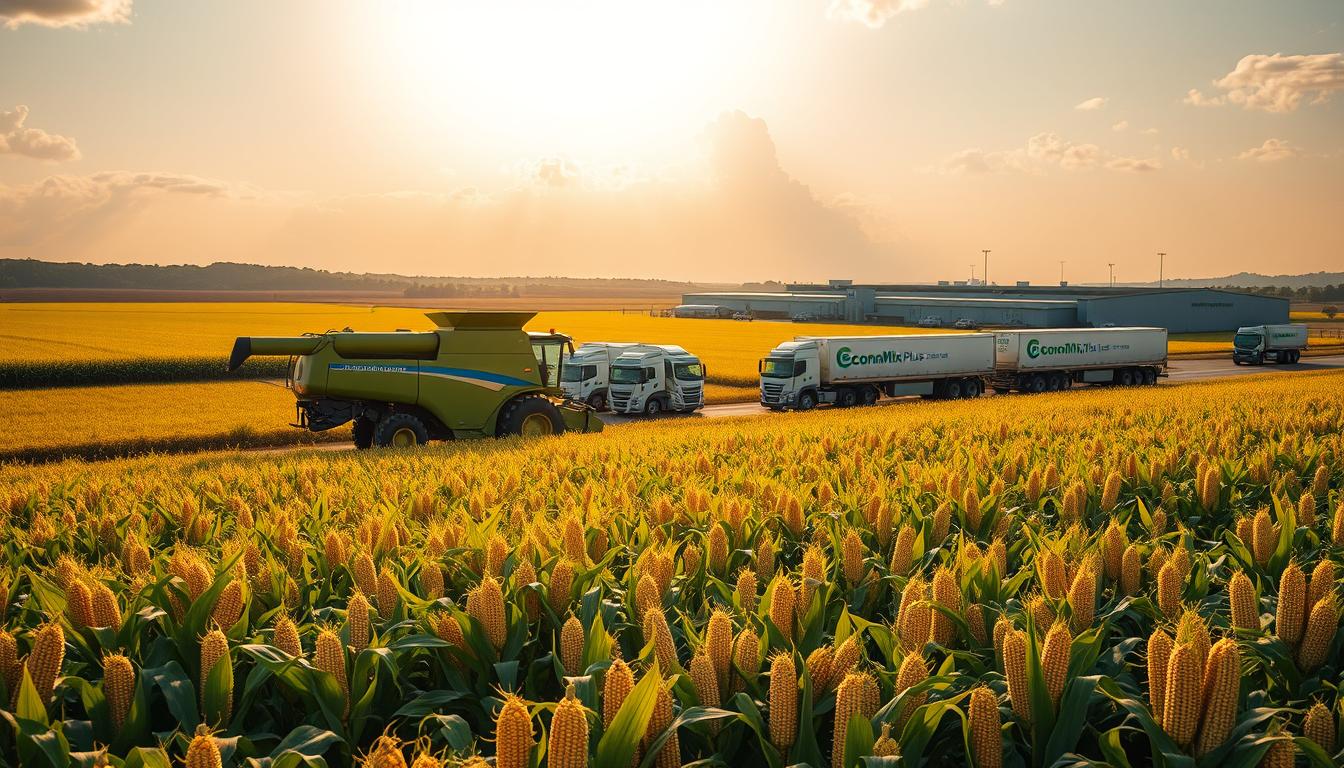
Key Supply Chain Strategies Driving Efficiency
Multiple cropping cycles revolutionize land use. Farmers grow corn, soybeans, and cotton in succession on the same plot, achieving 2-3 harvests annually. This method boosts yields by 58% compared to single-crop systems.
Transportation networks play an equally critical role. Dedicated rail corridors connect farms to ports in under 72 hours, slashing delivery times. “Our real-time tracking systems cut delays by 40%,” notes a logistics manager at a major cooperative.
| Strategy | Traditional Approach | Modern Implementation |
|---|---|---|
| Crop Rotation | Single annual harvest | Three-cycle cultivation |
| Transportation | Road-dependent (5+ days) | Multimodal networks (3 days) |
| Climate Adaptation | Seasonal planting | Drought-resistant hybrids |
Climate-smart techniques further enhance resilience. Modified corn varieties withstand extreme weather, protecting 12 million tons of annual production. These adaptations help feed a growing population while maintaining export commitments.
“Precision agriculture tools let us predict bottlenecks before they disrupt operations.”
Through strategic planning and tech integration, the sector maintains its position as a vital link in global food systems. Continuous improvement remains essential as consumer needs evolve.
Global Trade Expansion and Diversification of Markets
Strategic market diversification now fuels agricultural growth across continents. Over 160 nations receive shipments ranging from bulk grains to value-added goods, with exports growing 22% annually since 2018. This expansion responds to shifting consumption patterns and geopolitical realignments.
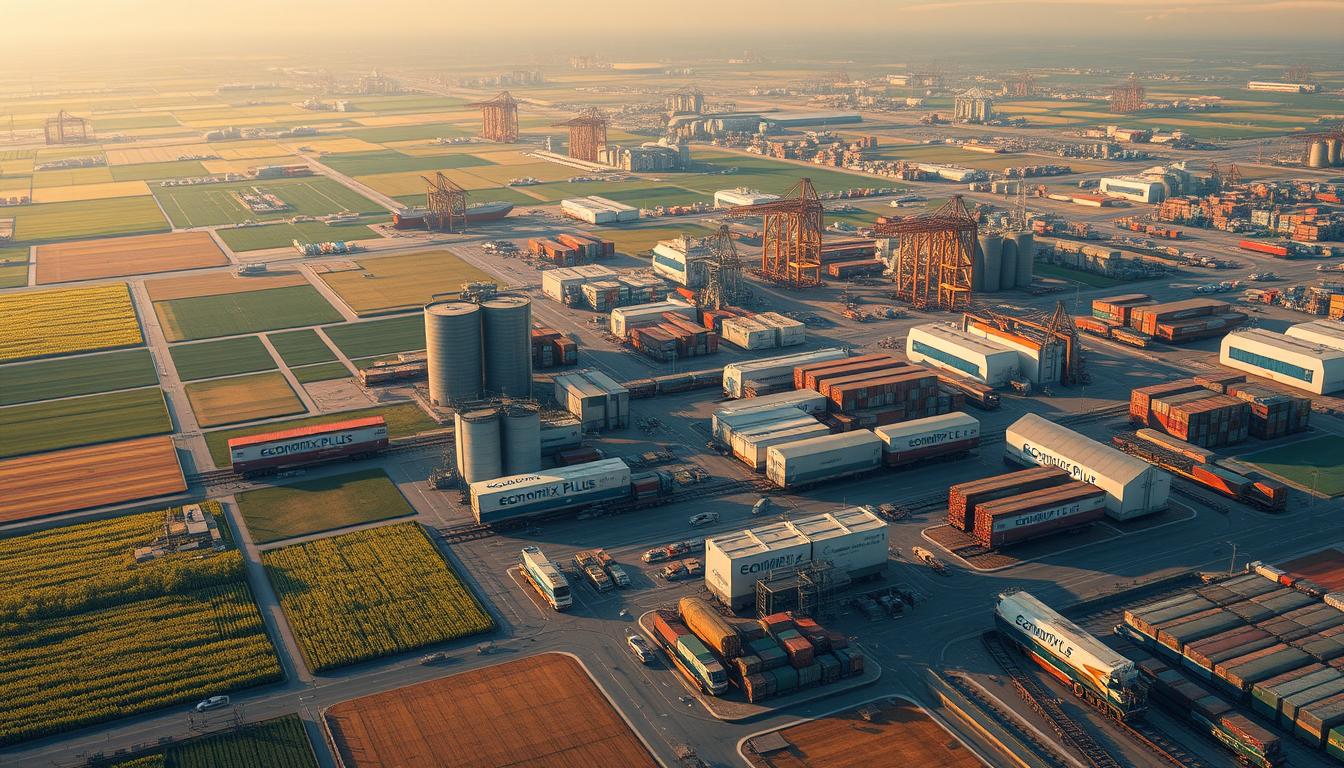
Export Trends and International Partnerships
China’s demand drives 38% of soybean shipments, while Middle Eastern imports of halal-certified poultry jumped 47% last year. Key developments include:
- Corn exports tripled to 47 million tons since 2020
- Beef sales to Egypt increased 320% in five years
- New trade deals with Indonesia and Bangladesh for processed sugars
Volatile prices for fertilizers and fuel forced rapid adjustments. Farmers now use AI-powered tools to predict cost spikes, adjusting planting schedules 45 days faster than competitors. This agility maintains profit margins despite market swings.
| Commodity | 2020 Exports | 2023 Exports |
|---|---|---|
| Soybeans | 82M tons | 96M tons |
| Poultry | 4.2M tons | 5.8M tons |
| Corn | 34M tons | 47M tons |
Enhanced productivity through no-till farming and drought-resistant crops supports consistent supply. Partnerships with tech firms help smallholders adopt these methods, boosting yields by 18% since 2021.
Recent agreements with Vietnam and Saudi Arabia demonstrate how targeted alliances open new markets. These deals account for 12% of annual trade growth, proving diversification remains central to sustaining global influence.
Technological Innovations Driving Supply Chain Efficiency
Modern farming’s heartbeat pulses through silicon chips and sensor networks. Across vast fields, autonomous drones scout for pests while AI algorithms predict harvest windows, analyzing weather patterns and soil conditions to optimize planting schedules. These advancements enable the nation to sustain its position as a leading agricultural exporter despite climate pressures, ensuring that farmers can respond swiftly to changing environmental conditions and market demands. By integrating these technologies, agricultural practices are not only becoming more efficient but also more sustainable, reducing the carbon footprint associated with traditional farming methods.
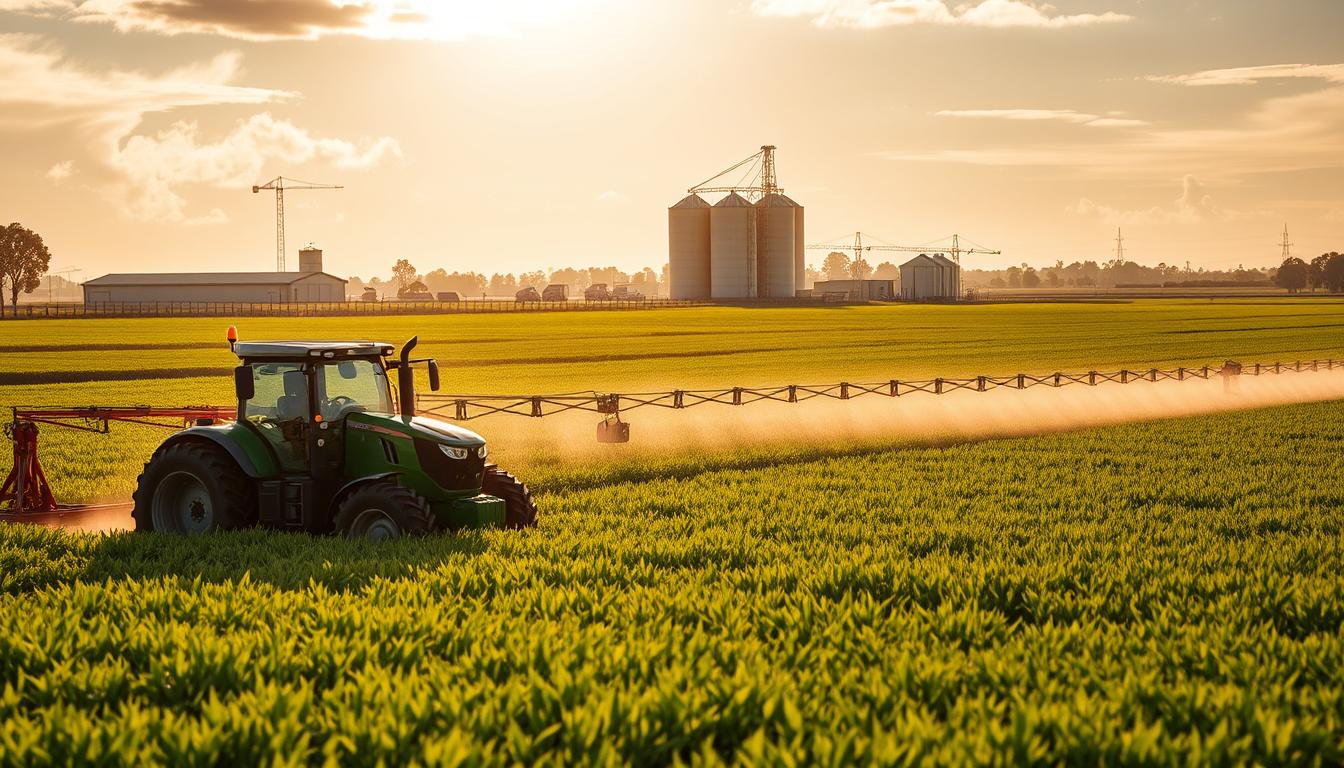
Precision Tools Reshaping Farm Management
GPS-guided planters now place seeds with 2cm accuracy, reducing waste by 17%. Soil moisture sensors trigger irrigation only when needed, cutting water use by 20%. “Our yields jumped 34% after adopting these systems,” reports a São Paulo soybean producer.
Key advancements include:
- Satellite imaging identifying nutrient deficiencies before visible signs emerge
- Robotic weeders eliminating herbicides in 40% of cotton fields
- Machine learning models optimizing fertilizer blends for specific soil types
Biotech Breakthroughs Amplifying Output
Modified crop varieties thrive where traditional plants falter. Drought-resistant soybean strains now cover 12 million hectares, surviving 45-day dry spells. Triple-stacked corn hybrids resist pests and diseases, enabling three annual harvests in central regions.
Water management innovations prove equally transformative. Subsurface drip systems deliver hydration directly to roots, boosting yields while conserving resources. These technologies help the country maintain production despite erratic rainfall patterns.
“Biotech crops reduced our irrigation needs by half while doubling output per hectare.”
Through continuous tech adoption, farms achieve more with fewer inputs. This efficiency cascade strengthens global food networks while preserving vital ecosystems.
Infrastructure and Logistics Challenges in a Rapidly Growing Sector
Agricultural expansion faces a critical hurdle: aging infrastructure struggles to keep pace with record harvests. While crop output grows 4% annually, transportation costs remain 35% higher than U.S. averages. This gap threatens competitiveness in key markets.
Transportation Networks and Port Capacities
Only 13% of roads are paved in farming regions, causing delays during rainy seasons. Major ports like Santos operate at 98% capacity, creating bottlenecks. Recent data shows:
- 21-hour truck queues at Paranaguá port (2023 peak)
- $86/ton average logistics cost vs. $62 in Argentina
- 12% of grain harvests damaged during transit
Storage and Distribution Bottlenecks
Storage deficits reach 87 million tons annually – enough to feed Germany for a year. Farmers often sell crops immediately post-harvest, losing 18% potential profits. “We need 300 new silos yesterday,” states a Mato Grosso cooperative director.
Strategic investment in BR-163 highway paving reduced soybean transport costs by $15/ton since 2020. Low-cost credit programs targeting storage facilities aim to add 42 million tons capacity by 2025. These measures could cut post-harvest losses by 30% within five years.
Without sustained upgrades, analysts predict $9 billion in annual export losses by 2030. Modernizing infrastructure remains vital for maintaining leadership in global crops markets.
Environmental Considerations and Sustainable Practices
Balancing crop production with ecological preservation defines modern agricultural priorities. Strict regulations now protect 80% of native vegetation in critical regions like the Amazon and Cerrado. This framework ensures expansion occurs without compromising vital ecosystems.
The Forest Code mandates property-specific conservation quotas, requiring farmers to maintain 20-80% natural cover. Satellite monitoring tracks compliance across 5.6 million properties. Countries importing Brazilian goods increasingly demand proof of sustainable sourcing, creating both challenges and opportunities for producers.
Key initiatives driving change:
- Integrated crop-livestock systems reducing deforestation pressures by 34%
- Biofuel programs converting agricultural waste into renewable energy
- Precision irrigation cutting water use per ton of soybeans by 28%
Export markets now reward environmental stewardship. Over 72% of EU-bound shipments require sustainability certifications. However, meeting these standards strains smallholders lacking resources for compliance audits. Government partnerships provide technical support to bridge this gap.
“Our certification programs verify 100% legal production while improving soil health.”
Innovative practices like no-till farming and biological pest control demonstrate how productivity aligns with conservation. These methods preserve forest corridors while maintaining yields. As global buyers prioritize eco-conscious sourcing, sustainable management becomes both ethical obligation and market necessity.
Policy Shifts and Market Dynamics Shaping the Sector
Government strategies and economic forces continuously reshape agricultural operations. Recent reforms streamline export processes while balancing ecological needs. This delicate equilibrium drives growth across vital crop sectors.
Regulatory Reforms and Incentives
Three key changes transformed operations this year:
- Tax exemptions for wheat producers using degraded land
- Simplified licensing for irrigation projects under 500 hectares
- Export quotas tied to environmental compliance scores
Farmers expanding into underutilized areas receive 12% interest subsidies. These measures helped triple wheat exports since 2020. “The new rules let us convert marginal land into productive fields,” states a Paraná state cooperative leader.
Macroeconomic Influences on Agricultural Investments
Currency fluctuations and inflation rates directly impact planting decisions. When the real weakened 22% last year, soybean area expanded while fertilizer use dropped 14%.
| Factor | 2021 Impact | 2023 Adjustment |
|---|---|---|
| Interest Rates | 14.25% | 12.75% |
| Export Taxes | 13% (corn) | 8% (corn) |
| Climate Credits | $2B allocated | $3.4B allocated |
Revised environmental rules now permit controlled burns in savanna regions. This policy shift increased available area for dryland wheat by 18%. Such adaptations demonstrate how market forces and regulations jointly steer agricultural development.
Balancing Domestic Production with International Demand
Feeding its population while powering global markets requires precise equilibrium. Agricultural planners allocate 55% of harvests to exports and 45% to domestic needs. This split maintains stable local prices while fulfilling trade agreements.
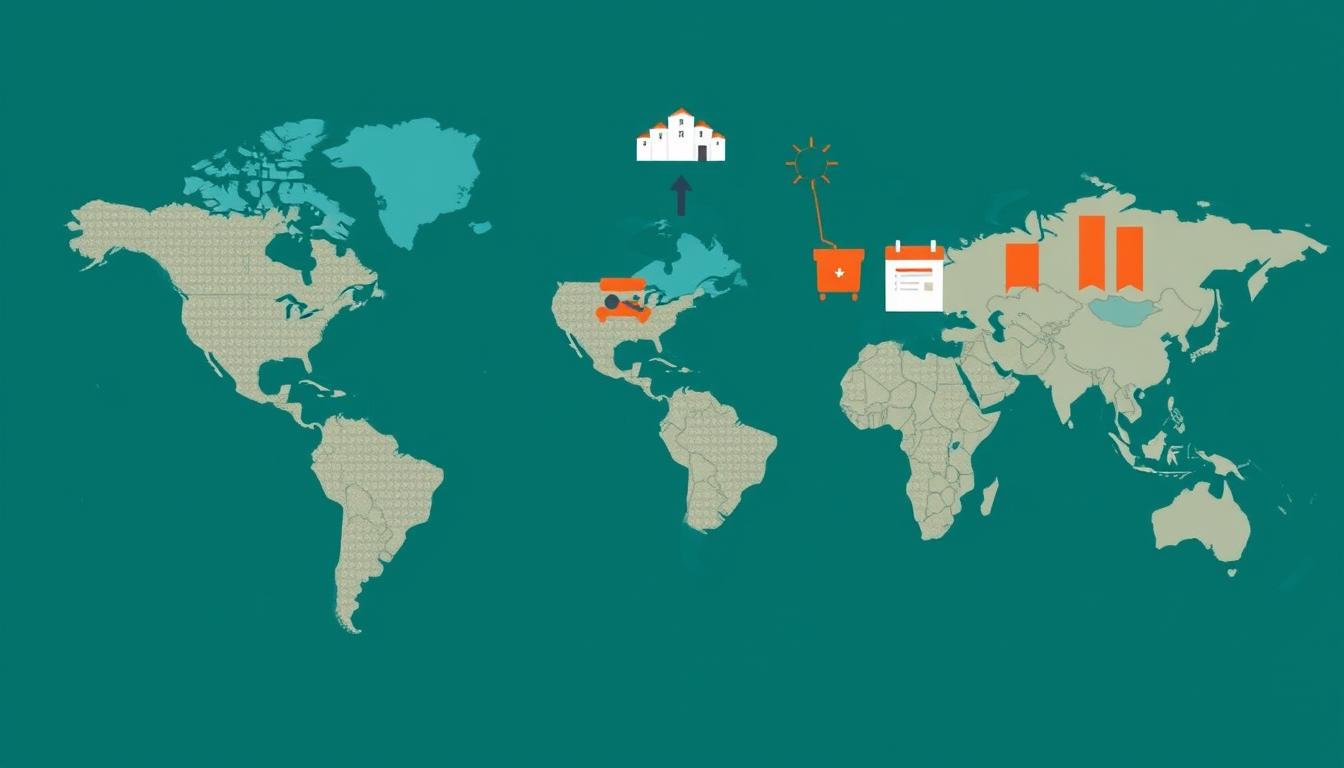
Crop rotation systems prioritize staples like rice for home consumption. Farmers dedicate 8 million hectares to this grain, ensuring 98% self-sufficiency. Excess production flows to 82 nations, making the country the world’s ninth-largest rice exporter.
Meat producers face tougher balancing acts. While 74% of poultry stays in local markets, beef exports hit record highs. Strict quotas prevent shortages:
| Product | Domestic Allocation | Export Share |
|---|---|---|
| Rice | 92% | 8% |
| Beef | 63% | 37% |
Local producers adapt through flexible planting schedules. When global corn prices surge, farms temporarily shift acreage while maintaining baseline rice outputs. This agility prevents supply chain disruptions.
Government development programs help smallholders meet export standards. Training initiatives reduced certification costs by 29% since 2021. “We upgraded 14,000 facilities to comply with EU regulations,” states a trade official.
Sustaining this balance demands continuous innovation. Research centers now test drought-tolerant rice varieties to safeguard both local food security and export capabilities. Such advancements solidify the nation’s dual role as nourisher and global exporter.
Leveraging Natural Resources for Competitive Advantage
Brazil’s agricultural prowess stems from its unique combination of natural wealth and scientific innovation. Vast arable plains, tropical climates, and renewable water systems enable year-round cultivation of grains and other crops. Strategic use of these assets positions the nation as a reliable global supplier while maintaining ecological balance.
Advanced technologies maximize resource efficiency. Precision irrigation systems cover 12 million hectares, reducing water use by 22% compared to traditional methods. Farmers rotate soybeans with nitrogen-fixing crops, naturally enriching soils without chemical inputs.
| Resource | Traditional Approach | Modern Strategy |
|---|---|---|
| Land | Single-crop cycles | Integrated agroforestry |
| Water | Flood irrigation | Sensor-controlled drip systems |
| Research | Local trial plots | Satellite data analysis |
Institutions like Embrapa drive progress through cutting-edge research. Their drought-resistant wheat varieties now thrive in Brazil’s northeast, a region once deemed unfit for grains. “Our gene-edited crops yield 40% more under water stress,” notes an Embrapa agronomist.
Sustainable practices ensure long-term productivity. Over 72% of farms use no-till methods, preserving soil structure. This approach helped double corn exports since 2015 while reducing erosion. As detailed in this analysis of agricultural transformations, such innovations secure Brazil’s position in global markets.
Ongoing research into biofertilizers and pest-resistant strains promises further gains. By blending natural advantages with smart technologies, the nation sets benchmarks for resource-efficient farming.
Emerging Trends and Future Growth Opportunities
Agricultural innovation enters a critical phase as global needs escalate. Population growth and climate shifts demand smarter solutions, with Brazil positioned to unlock 20 million additional hectares by 2031 through strategic investments. This expansion must address three core challenges: erratic weather patterns, aging infrastructure, and shifting trade policies.
Research breakthroughs will shape the next decade. Gene-edited crops resistant to extreme heat and AI-driven yield predictors lead development priorities. These technologies could boost corn production by 27% while using 15% less water. “Our focus is creating climate-proof farming systems,” explains a São Paulo research director.
Strategic Investment Areas for Sustainable Growth
| Focus Area | 2025 Target | 2030 Impact |
|---|---|---|
| R&D Funding | $4.2B | +18% yield efficiency |
| Climate Adaptation | 8M hectares | 32% risk reduction |
| Infrastructure | 2,400km new rail | $9/ton cost savings |
The economy could grow 3.4% annually through agricultural modernization, adding $210B by 2035. However, 43% of farmers report lacking support for tech adoption. Government partnerships aim to bridge this gap through subsidized training programs and equipment loans.
Key challenges include maintaining export competitiveness amid rising production costs. Sector-wide collaboration will prove vital – 71% of growth projections depend on shared data platforms and cooperative research. As global temperatures rise, Brazil’s diverse ecosystems offer unique advantages for resilient food systems.
With targeted support, the nation can solidify its role as an agricultural innovator while addressing 21st-century challenges. The coming decade will test its ability to balance ecological stewardship with the economy’s growing demands.
Conclusion
As global food needs escalate, one nation’s agricultural framework emerges as a blueprint for balancing productivity with ecological responsibility. Strategic farm management combines climate-smart practices with cutting-edge logistics, sustaining its position as a top exporter. From satellite-guided planting to multimodal transport networks, innovation drives efficiency at every phase.
Policy reforms and research investments fuel this progress. Over two decades, diversified crops and advanced irrigation systems transformed once-marginal lands into thriving fields. These efforts support food security for millions while maintaining strict sustainability standards.
The content of future growth lies in merging technology with tradition. Precision agriculture and bioengineered crops will address climate challenges, while infrastructure upgrades reduce waste. Collaborative partnerships ensure smallholders adopt these methods, spreading benefits across communities.
Reliable farm outputs and adaptive strategies position this agricultural leader as a critical global partner. Its content-rich approach – blending data-driven decisions with environmental stewardship – offers lessons for nations worldwide. As demand surges, continuous evolution remains key to feeding populations without compromising planetary boundaries.
